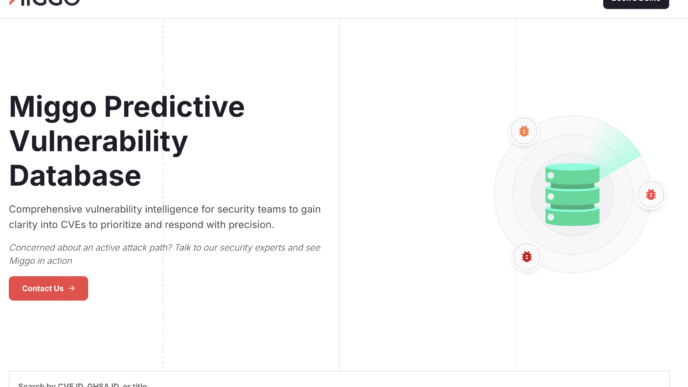All organizations conducting payment card business activities need PCI DSS certification to operate. The certification framework forces businesses to adopt best practices which defend their financial data against fraud and breaches. A complete PCI DSS certification process demands systematic processes for security measures and regular audits combined with persistent monitoring procedures.
Understanding PCI DSS Certification
Organizations which store payment information must follow the PCI DSS (Payment Card Industry Data Security Standard) which major credit card companies established to protect financial details. Organizations which handle customer payment information or payment data storage or transmission need to follow the PCI DSS standards for maintaining payment security.
Steps to Achieve PCI DSS Certification
- Determine Your Compliance Level
Businesses need to identify their PCI DSS compliance levels according to their transaction numbers. The selection of appropriate certification level based on your organization structure will make the certification procedure easier.
- Conduct a Gap Analysis
Before starting official PCI DSS requirements assessment you should conduct a gap analysis to discover security weaknesses that would prevent your current systems from obtaining certification. Planning the required system improvements becomes possible through analysis.
- Implement Security Controls
Key security measures include:
- The technique of data encryption creates a defence against unauthorized access to payments information.
- The organization should enable multiple verification steps when users try to access their systems.
- The installation of new versions for both firewall protections and antivirus protection needs to be done on a regular basis
- Restricting access to sensitive information
- Complete a Self-Assessment Questionnaire (SAQ) or External Audit
Small business operations need to finish their Self-Assessment Questionnaire while larger entities need Qualified Security Assessors (QSA) to execute audits that result in Report on Compliance (ROC).
- Conduct a Penetration Test and Vulnerability Scan
Payment system vulnerability against cyber threats can be maintained by conducting regular security tests. Payment security depends on vulnerability scans combined with penetration testing since these methods detect security flaws that require attention.
- Submit the Compliance Report
Send the compliance report to your acquiring bank or payment processor once every security control has been established. The provided report proves that your business follows all necessary security standards.
Maintaining PCI DSS Compliance
- Businesses should update their security patches and software regularly to block new security hazards that develop.
- Employee Training: Educate staff on secure payment handling practices and data protection measures.
- The control system requires continuous transaction surveillance for suspicious activity patterns while performing regular security audit inspections.
- PCI DSS certification needs to be recertified once per year to maintain compliance with developing security requirements.
Conclusion
The protection of sensitive payment data along with regulatory compliance requires organizations to both earn and sustain PCI DSS certification. Businesses protect their payment systems through best practice compliance and continuous auditing procedures and active security protocol monitoring which leads to enhanced customer trust.













